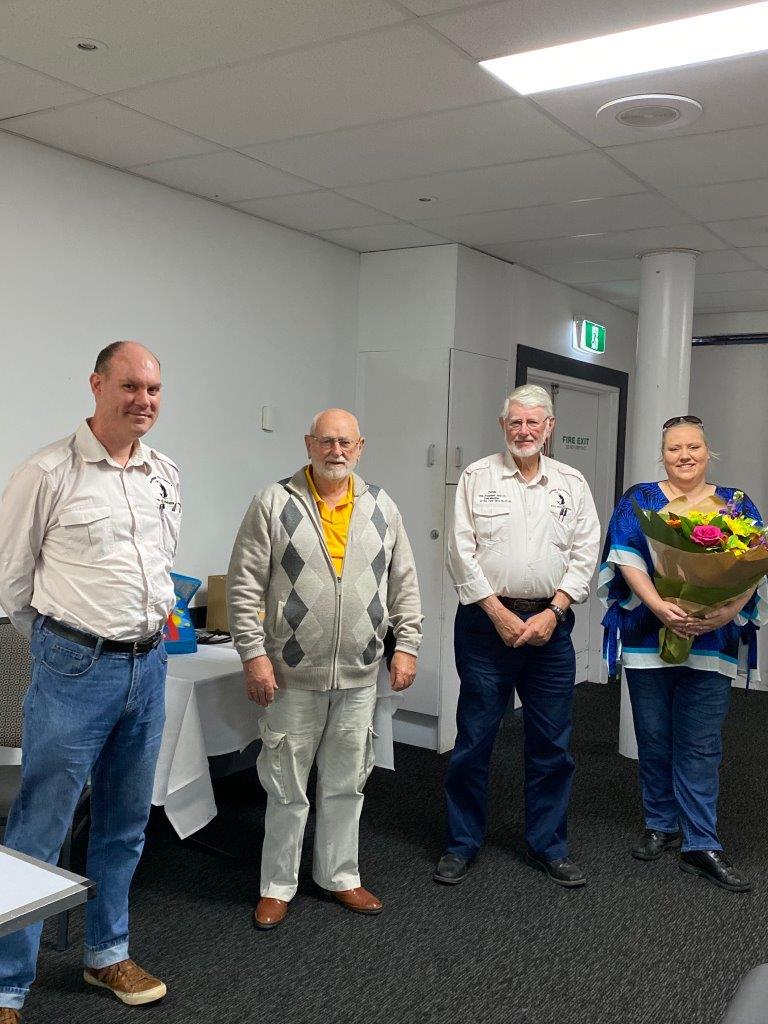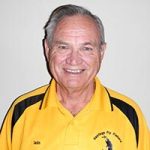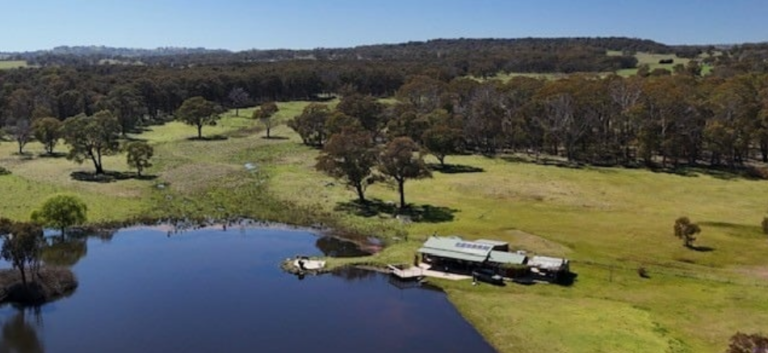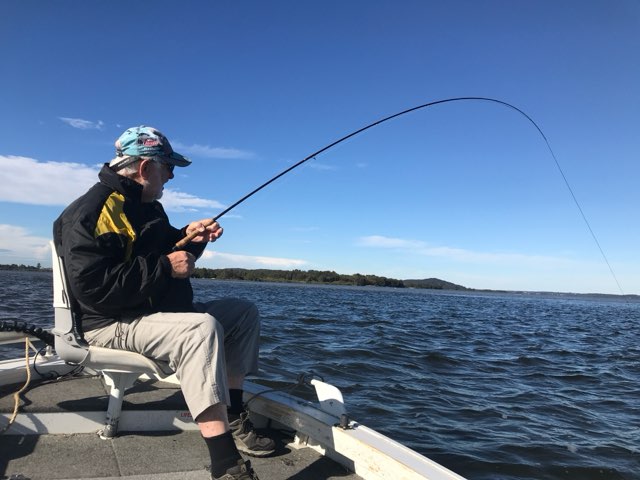Sorry about the delay but with computer problems and the upcoming trout release I sorta had my hands full. This edition also required more time than usual due to changes to the Executive after the AGM.
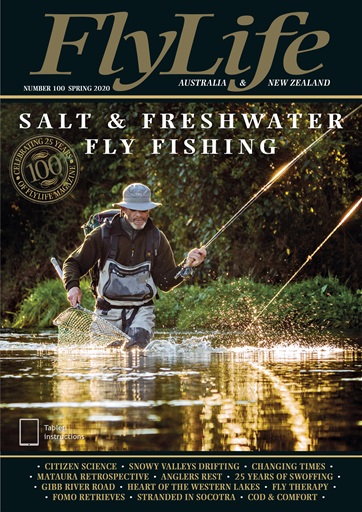
I was desperately trying to think of a feature fish for our “Know Your Fish” segment when the postie delivered copy No. 100 of Flylife magazine, a milestone that took 25 years to reach. Flicking through I saw an article about the first species I caught “flyfishing”.
It was in the mid-1970’s when my mate and I decided to see if we could reach the Koolatong River in Arnhem Land. We had come across an old map used by the BP exploration parties who had surveyed most of Arnhem Land for minerals about twenty years earlier. We thought that the river held excellent prospects for barramundi as we knew of no-one who had been there since the surveys. Commercial barramundi fishermen could not venture far upstream, either, as the river spread into a vast shallow swamp just before entering the Gulf of Carpenteria. After leaving the Gove-Manbulloo track opposite the Lake Evella turnoff we bush-bashed towards an escarpment where we thought we may pick up the old exploration track on the ridge line. To cut a long story short, after a few meanderings, we did find old wheel tracks and eventually came to a natural crossing on the Koolatong River when we lost the tracks on the floodplains (this was in the days before GPS.) We set up camp and began fishing that evening.
The next four days were spent exploring a beautiful pristine tropical river with the best barra fishing I have ever experienced. I was not into fly fishing at that time and it was all on the “dark side”. We soon found that the best fishing stretches began about ten kilometres downstream. We travelled daily by tinnie to that spot and trolled and casted our way from there down towards the swamp before returning well before dark.
As the evening closed in we could hear large bull crocs roaring every evening on the upstream side of the crossing and I could see sooty grunters taking insects from the surface in the river next to our camp. These aggressive fish would strike any small piece of debris that was thrown into the river. As I had a light threadline outfit in the vehicle I thought I would try my hand at “flyfishing”. The “flyline” was simple 6 lb monofilament and the fly was a small piece of pandanus leaf pierced by a hook. No leader, no false cast, no double haul, simply a clumsy swish that launched the “fly” about six feet from the rod tip. My style, fly selection, technique and equipment must have been faultless because I caught and released several feisty little “sooties” before they stopped rising.
Things have changed. The Gove-Manbulloo track is now the Central Arnhem Highway, Lake Evella is Gapuwiyak, the old BP survey track is now regularly graded and is called the Gove-Numbulwar Road and our camp at the crossing is now an Aboriginal outstation. I’ll never fish the Koolatong again and I’m just happy to remember it as it was. I will continue to visit the Territory and maybe next time I’m there I’ll hit a couple of creeks or billabongs with a 6wt and some bass flies to catch my second sooty on a fly.
Thanks Flylife, I had forgotten about adding the sooty grunter to my list of fly caught species.
Iain
Volume 12, No. 2, September 2020
| President's Message | 3 |
| Editor's Message | 5 |
| Club Executive, Committee and Delegates | 6 |
| Izzy's Words of Wisdom | 7 |
| Know Your Fish - Sooty Grunter | 8 |
| AGM in Pictures | 9 |
| Dunmore Trip | 13 |
| Outing - Settlement Point | 16 |
| Outing Co-ordinator's Report | 17 |
| Paul's Bench - Soft Hackle Stillwater Caddis Pupae | 18 |
| Social Secretary's Report | 21 |
| Member's Market | 22 |
| Member's Tips | 22 |
| AGM Report | 24 |
| Thank You, Supporters! | 27 |
